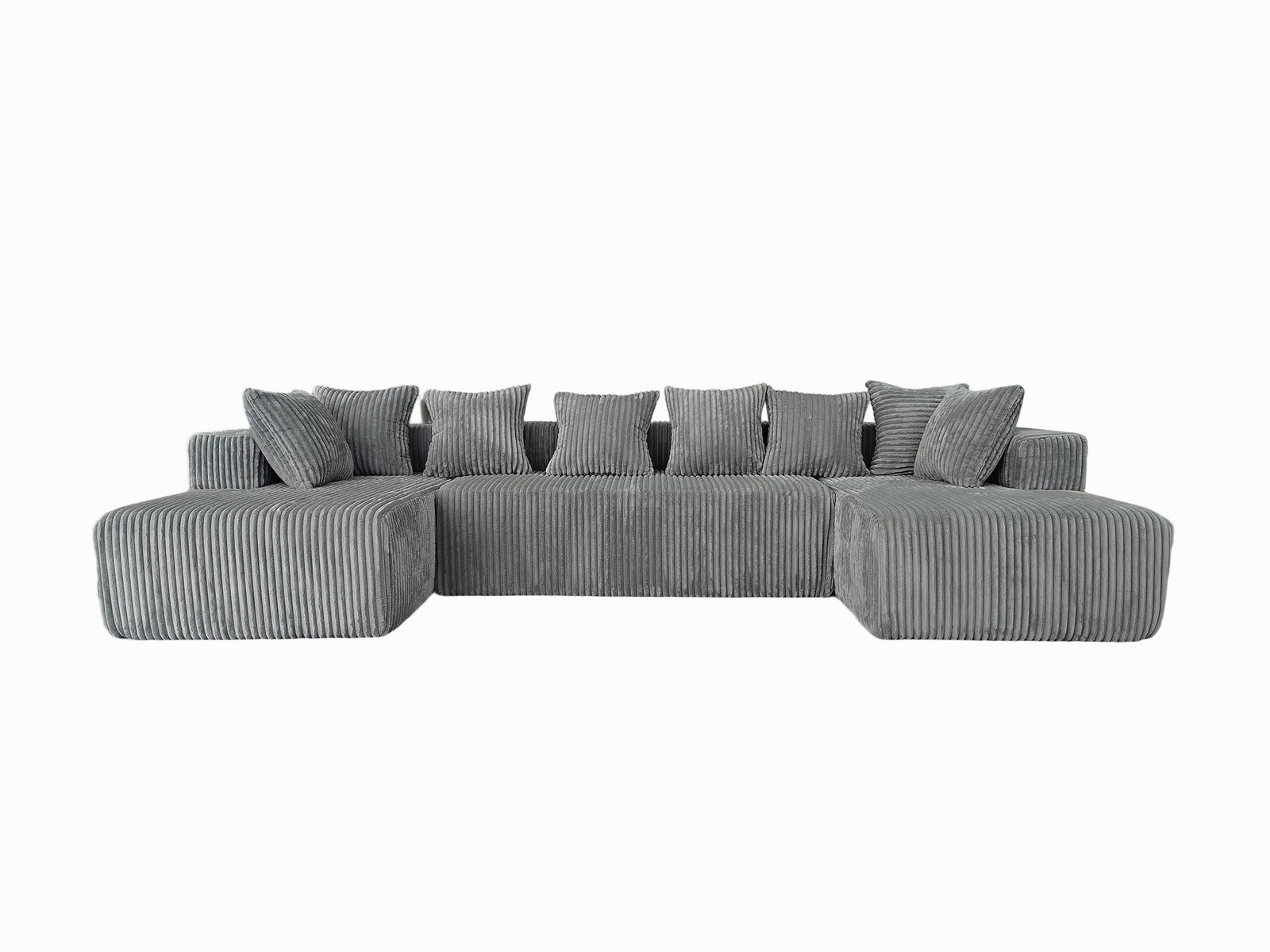
Global buyers care about more than just looks and comfort—they want proof of safety, quality, and compliance. Miss the standard, miss the sale.
Compressed sofa suppliers meet international standards through strict quality control, verified certifications, advanced compression technologies, and sustainable practices from sourcing to shipping.
Here's how top suppliers like us ensure every unit passes the global test.
What are the key international standards for compressed sofas?
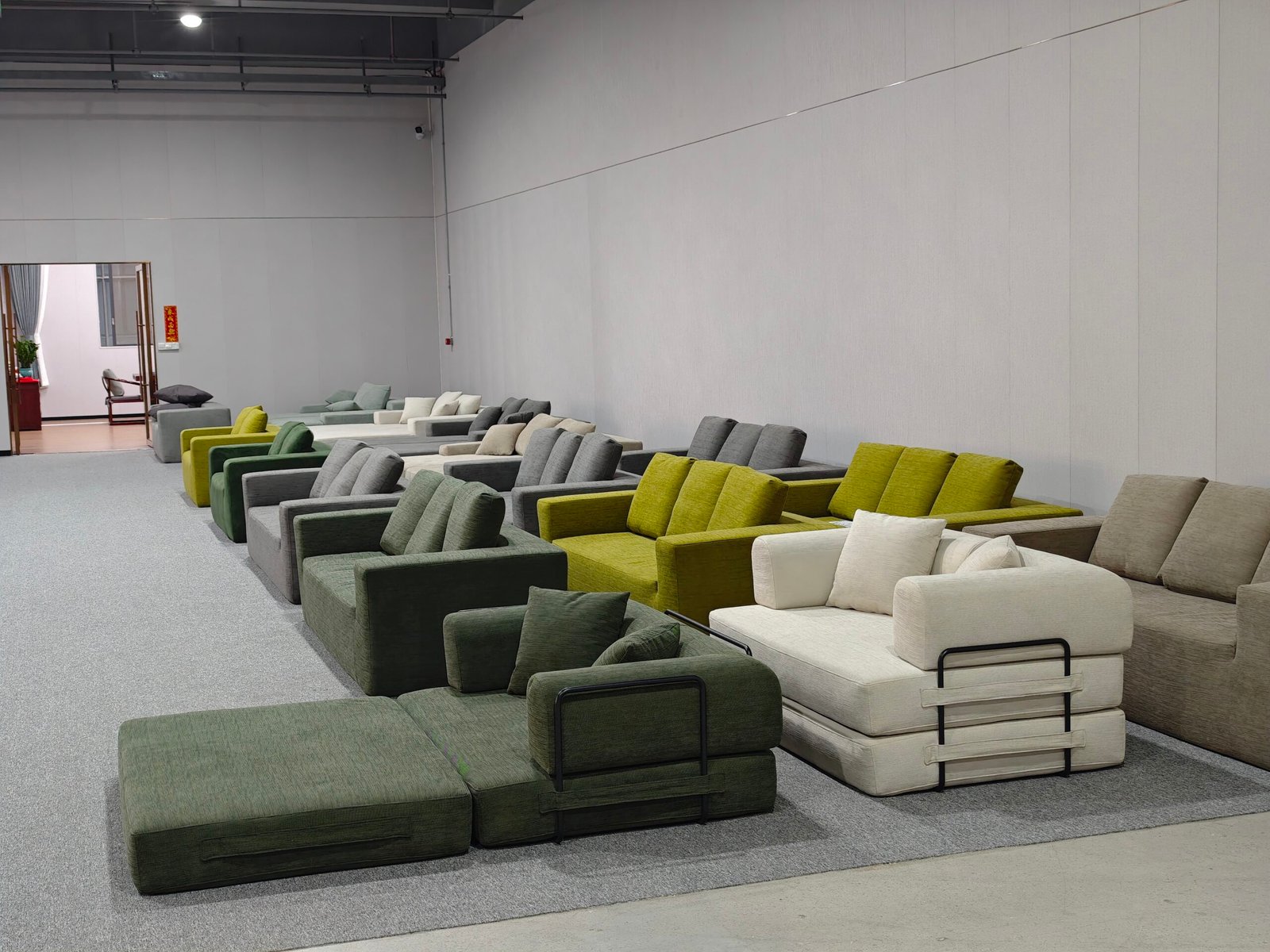
Standards aren't optional—they're the barrier to entry. Suppliers must clear it or get shut out.
International standards ensure compressed sofas are safe, durable, and eco-compliant. Key frameworks include ISO, ASTM, CE marking, TB117, and CPSIA.
These standards touch everything: foam density, fabric flammability, chemical safety, load testing, and compression recovery.
Commonly Required Certifications
| Certification / Regulation | Scope | Region |
|---|---|---|
| ISO 9001 | Quality Management Systems | Global |
| ISO 14001 | Environmental Management Systems | Global |
| ASTM F1566 | Performance Testing (Foam/Fabric) | US |
| TB117-2013 | Upholstered Furniture Flammability | US (California) |
| REACH | Chemical Substance Compliance | EU |
| CE Marking | Product Safety & Compliance | EU |
| CPSIA | Children’s Product Safety | US |
These are not just documents—they’re market access tools.
How do suppliers control material quality?

Bad fabric ruins the feel. Poor foam collapses in months. Standards begin with what you build on.
Top compressed sofa suppliers work only with certified material vendors, test every batch, and track consistency with internal QA systems.
We use REACH-compliant fabrics, CertiPUR-US® certified foam, and FSC-certified wood frames. Every material is traceable with a batch ID and lab report.
Material Testing in Practice
- Foam: compression set, rebound rate, toxic off-gassing
- Fabric: abrasion (Martindale), colorfastness, tear strength
- Wood: moisture content, weight load capacity
Suppliers verify, then trust—not the other way around.
How do factories meet global manufacturing standards?
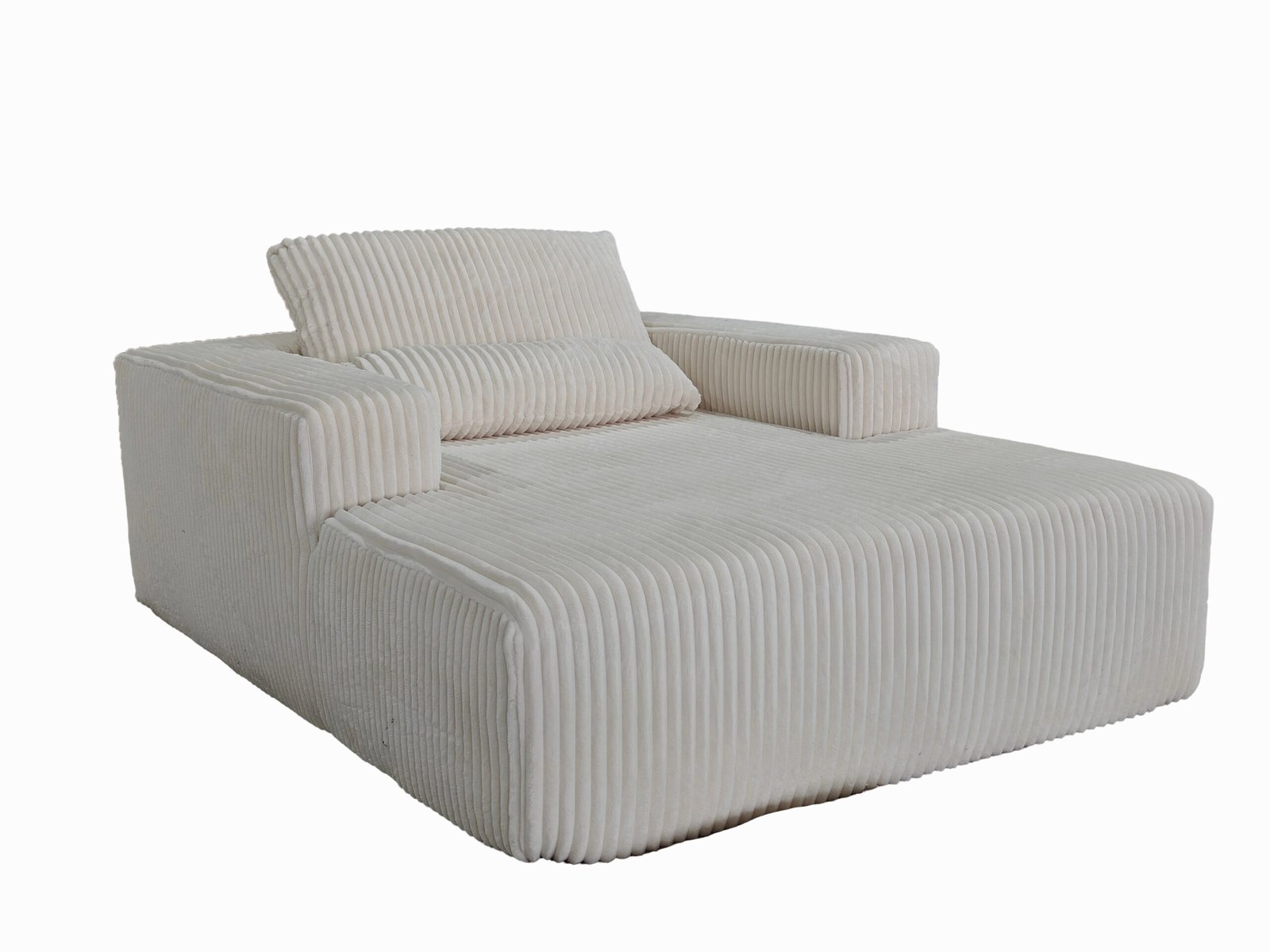
Fancy machinery is nothing without standard operating procedures. That’s what turns factories into certified partners.
Factories follow ISO-certified workflows, enforce worker safety, and maintain SOPs that align with international manufacturing and ethical codes.
Every HSM facility is ISO 9001 and ISO 14001 certified. We conduct biannual audits and third-party social responsibility checks.
Daily Factory Controls
- CAD-based pattern cutting (±2mm tolerance)
- Foam injection density calibration
- Final assembly stress testing (80kg drop cycles)
- 5-point quality inspection (stitching, frame, legs, fabric, label)
Without control, there’s no consistency—and no compliance.
How does compression affect product standards?
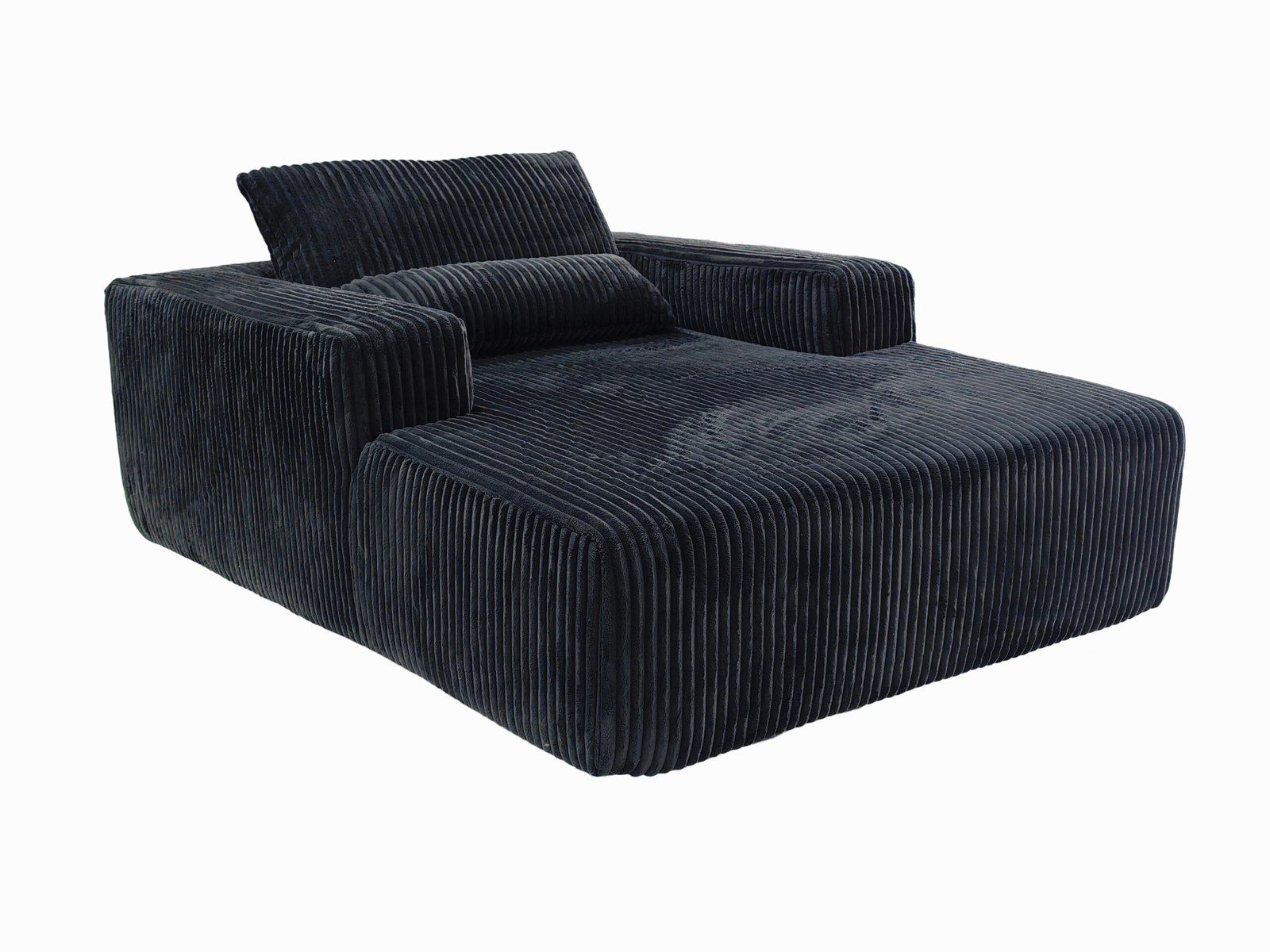
Can a sofa bounce back after losing 70% of its volume? If not, it fails the test.
Suppliers use calibrated vacuum sealing and mechanical compression that aligns with ASTM durability standards, then test post-compression performance.
We simulate 1000 unboxings to test recovery, cushion rebound, and joint stability. If a corner slumps—we revise the design.
Compression Validation
| Test Type | Method |
|---|---|
| Compression Recovery | % of height regained after 24 hrs |
| Frame Flex Test | 50,000 sit-down simulations |
| Foam Integrity | Rebound ratio after 72h compression |
Only designs proven to decompress flawlessly make it to shipping.
What third-party testing and certifications are required?

Saying you’re compliant doesn’t make it true. That’s why labs exist.
Reputable compressed sofa suppliers work with third-party labs (like SGS, Intertek, TÜV) to verify fire resistance, load strength, VOC safety, and fabric durability.
We provide test reports for every model, valid for 12 months, certified by independent labs. Some buyers even request custom testing—we accommodate that too.
Sample Testing Protocols
- TB117 open flame & smoldering cigarette
- EN 1022 static load and tipping test
- VOC emission chamber analysis (ISO 16000)
- ANSI/BIFMA stability standards (for dual-use sofas)
Every region has its test—and we pass them all.
How is packaging part of compliance?

A sofa is only compliant if it arrives undamaged. That’s where smart packaging comes in.
Suppliers engineer export cartons that meet ISTA 3A shipping drop tests, use recyclable materials, and follow clear labeling regulations.
Our cartons resist 150kg vertical crush. Internal air pillows prevent movement. Packaging inserts show CE marking, batch ID, and decompression safety tips.
Compliance Packaging Checklist
- Compressed package labeled with orientation and warnings
- CE marking and care instructions included inside
- Outer carton meets ISTA & Amazon SIOC standards
- Barcode, SKU, production date, factory license code
Packaging is the first—and sometimes only—proof of compliance the buyer sees.
What role does documentation and traceability play?
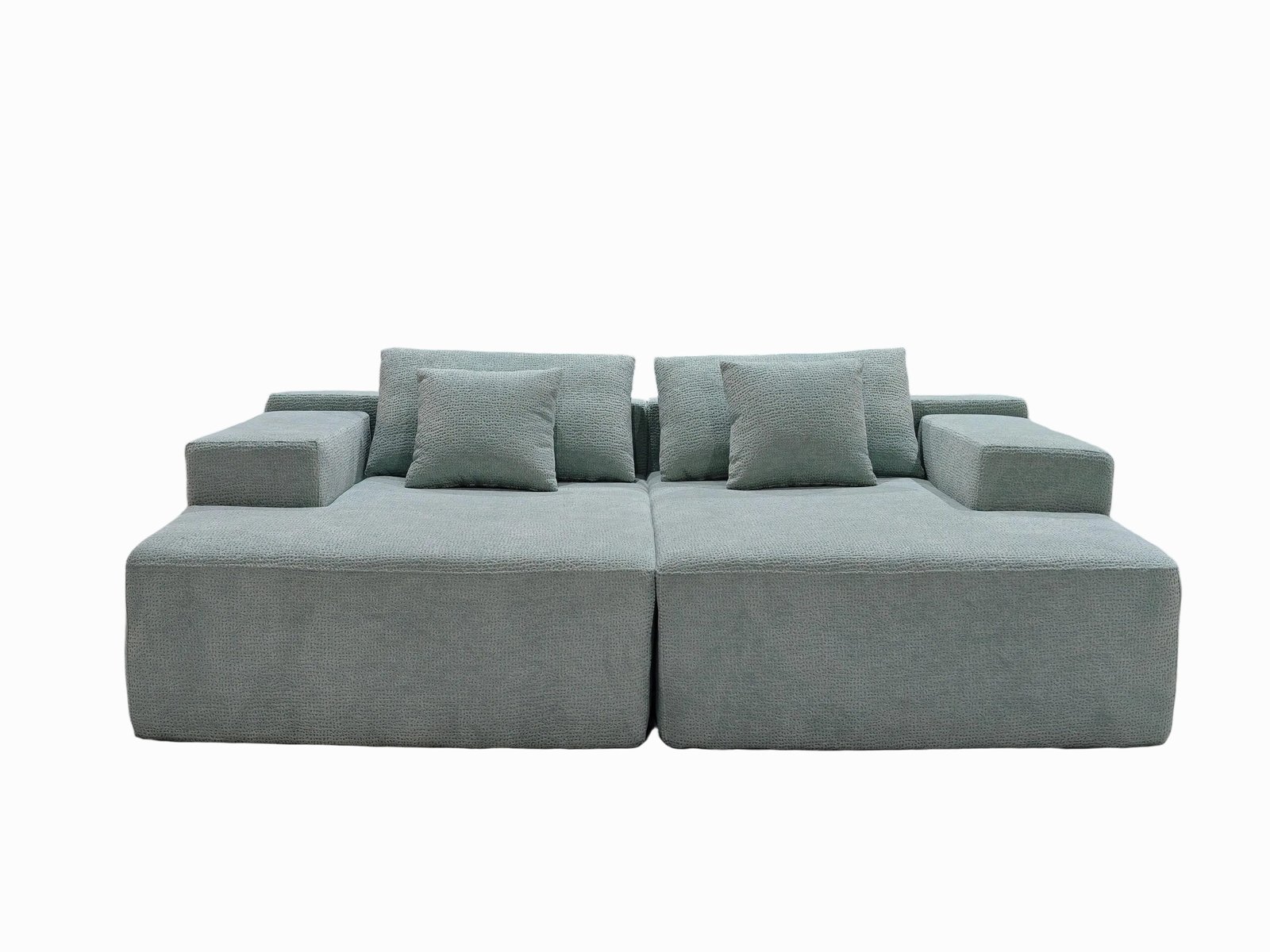
No label? No market access. That’s the harsh truth in international trade.
Every batch must come with documentation: test reports, MSDS sheets, COs, and manufacturing declarations. Without these, customs won’t clear.
At HSM, we ship with a full compliance pack: material origin, test certs, quality control checklist, and warranty registration.
Compliance Documents Provided
- Test Reports (Foam, Fabric, Flammability)
- ISO Certificates (Factory + Process)
- Product Safety Data Sheet
- Country of Origin (CO) and HS Codes
- Warranty Statement and Return Conditions
We digitize all files for our buyers—no missing links.
Conclusion
Meeting international standards isn’t about ticking boxes. It’s about designing for performance, proving safety, and protecting trust. That’s how we help global buyers ship smarter—and sleep better.